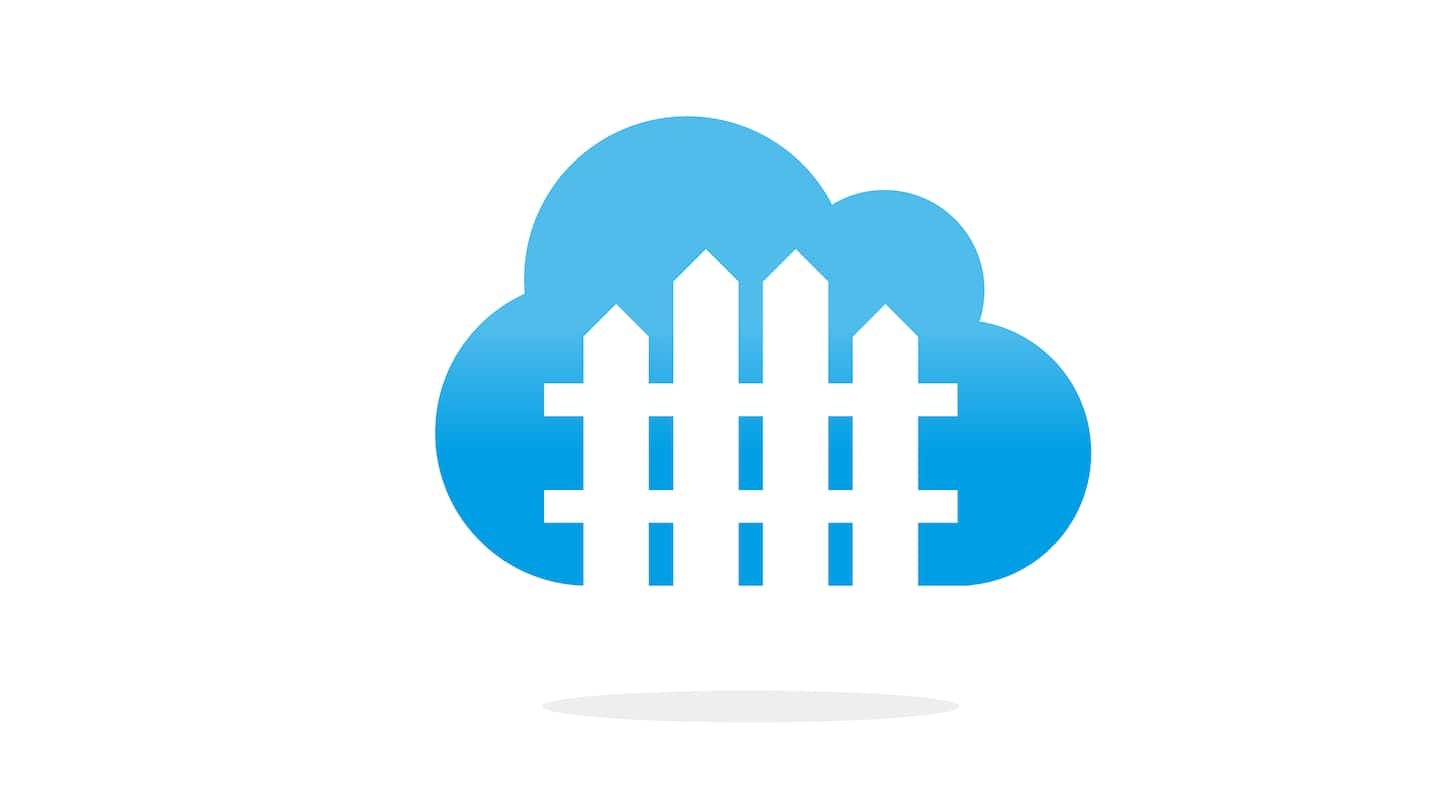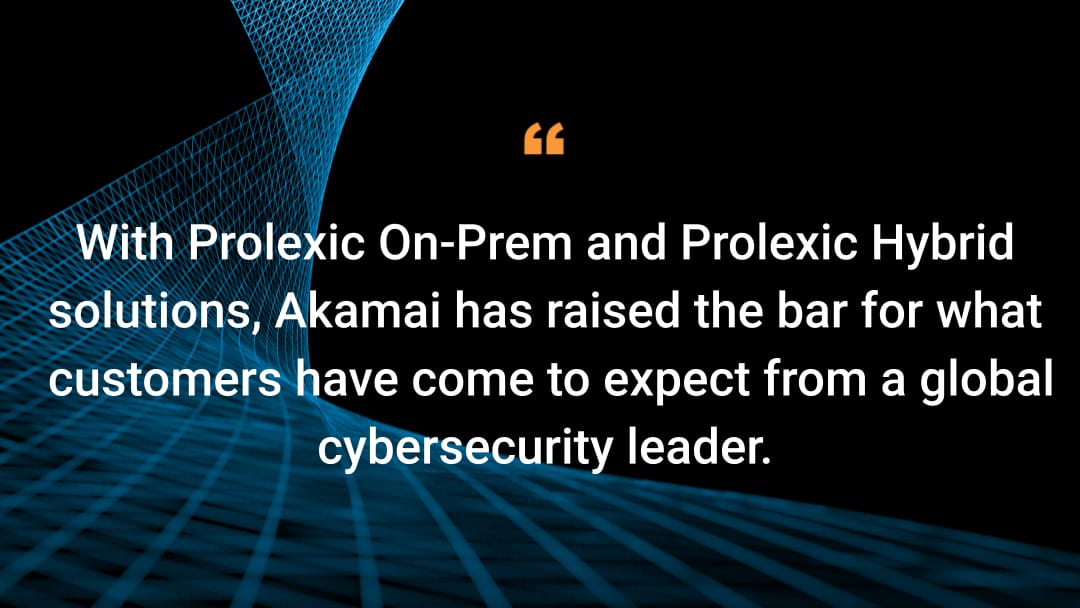Cloud security architecture is the framework and set of principles designed to secure cloud environments. It encompasses the design, planning, and deployment of security measures to protect data, applications, and infrastructure in the cloud. This architecture ensures the confidentiality, integrity, and availability of resources hosted in the cloud. It aims to mitigate risks and threats specific to cloud computing.
Frequently Asked Questions
Cloud security architecture differs from traditional on-premises security primarily due to the shared responsibility model, where security responsibilities are divided between the cloud provider and the customer. It must also accommodate the dynamic scalability and flexibility of cloud resources, which can quickly change. Additionally, many security tasks in the cloud can be automated using cloud native tools and services, which is less common in traditional environments.
Organizations can ensure the security of their cloud infrastructure by implementing strong IAM policies, including multi-factor authentication and the principle of least privilege, and regularly auditing and monitoring for suspicious activities while performing regular security audits. Encrypting data both at rest and in transit is crucial, as is using automation tools to manage and enforce security policies. Additionally, educating employees on cloud security best practices and potential threats is essential for maintaining a secure cloud environment.
Why customers choose Akamai
Akamai is the cybersecurity and cloud computing company that powers and protects business online. Our market-leading security solutions, superior threat intelligence, and global operations team provide defense in depth to safeguard enterprise data and applications everywhere. Akamai’s full-stack cloud computing solutions deliver performance and affordability on the world’s most distributed platform. Global enterprises trust Akamai to provide the industry-leading reliability, scale, and expertise they need to grow their business with confidence.



